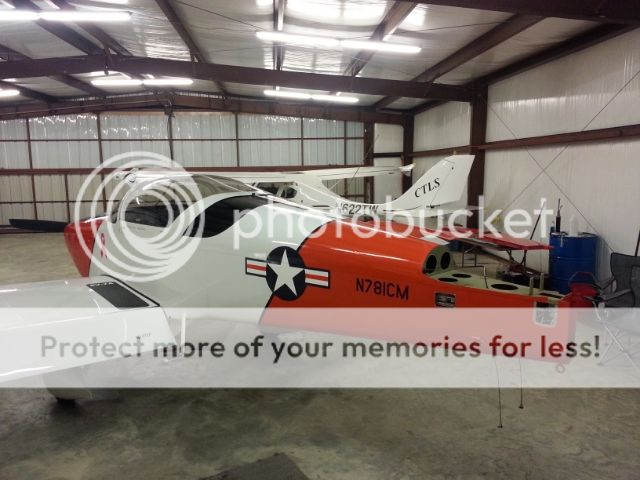It has been asked "Are there any theories of the cause."
Yes!
One, is that it is dependent one what primer the builder used

(Sorry, couldn't resist).
In reality, it is only guessing why one aircraft with only 500 hrs has a crack, and another with 2000 hrs does not. As I mentioned previously, there are a bunch of factors that could influence this, so there is no way to pin it down to one or two specifics. The proper way to look at it is that with as high of an occurrence percentage there is, the structure, as currently designed doesn't have enough margin to deal with that many variables.
A crack failure like this is the result of cyclic loading. This is more difficult to design for than pure load capability. It is why company's like Boeing spend tons of money doing long term load cycle testing, such as fuselage pressure cycles, and load/unload cycles of wings. etc.
This sort of thing is more difficult to design for than just handling the pure limit and ultimate loads. That is why Boeing has to do cyclic testing... to prove that the airframe has a load cycle life of at least X amount of time. Unfortunately, Van's isn't a company of the size that could afford to do that type of testing. But then again, neither is Beech, Cessna, or any of the other big names in GA. They have all had major (much more so than this) mods on different aircraft as the result of time in service.
Fortunately, there are tools available that can help. Without going into a high level of detail, the FEA showed that there is an elevated point load right at the location the cracks occur. This is because of a number of factors but in simplest terms it is this.
Think of any "C" channel load member as being stiffer than just a plain web by it self. In the case of the stab. spar, we have a c channel at the center of the spar (the spar web with top and bottom angles), and a c channel for the spar in the L & R panels. These two c channels are joined by a narrow zone where one flange of the top and bottom angles has ended but the flanges of the span wise spar channels has not yet begun. This should not be considered a weak point... it has proven more than strong enough to carry the loads. What it does, is make that point slightly less stiff than the surrounding structure. That means it will flex just a bit more each time it goes though a load/unload cycle. With enough time/cycles, this is what causes the crack. Many of the other factors already discussed do have an influence (edge finish quality, etc.), but the bottom line is it appeared the design margin was a bit to small.
So what does the modification do? In simple terms, it adds stiffness to this slightly less stiff zone, and helps transfer the loads well out into the stiffer zones (the center spar area, and the left and right panel areas). This was substantiated with the FEA model.
Yes there is a kit modification underway. New builds will use the same type of doubler parts as are being used for the retrofit. There are new ribs going into production that will accommodate the thickness change of the spar. As already mentioned, builders working on an Emp kit should just work on other components. By the time you get to the H stab, the parts and updated plans and manual will be available.
but having downloaded the Section 5 http://www.vansaircraft.com/pdf/revisions/RV-ALL_Section-5.pdf I cannot see a section on "Removal of Rivets"?








